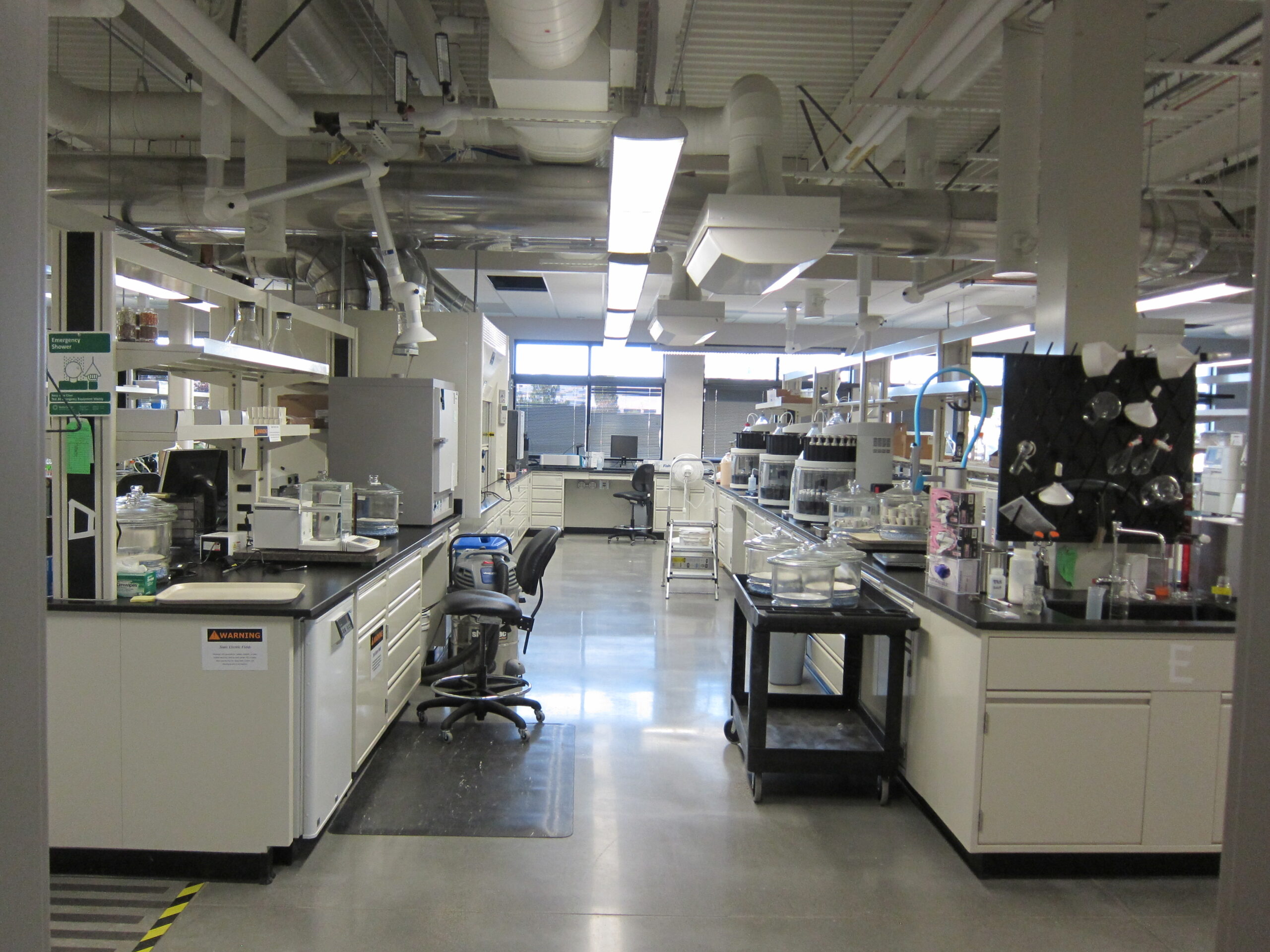Biomass Characterization Laboratory
 Compared with other energy products, biomass is highly variable. Chemical and physical attributes differ widely between different types of biomasses. But even biomass samples of the same type may differ from year to year, field to field, and from different locations in the same field.
Compared with other energy products, biomass is highly variable. Chemical and physical attributes differ widely between different types of biomasses. But even biomass samples of the same type may differ from year to year, field to field, and from different locations in the same field.
Biomass variability leaves the nation’s bioenergy producers with few means to valuate feedstocks that adequately encompass feed handling and conversion performance.
The BFNUF’s in-house biomass characterization laboratory provides a solution. The laboratory allows researchers to pinpoint important variables such as chemical composition and flowability to align feedstock characteristics with conversion technologies and end products. Capabilities also include automated dilute-acid pretreatment with enzymatic hydrolysis, a faster, less costly method to analyze conversion potential of bioenergy feedstocks.
Characterization capabilities include:
Chemical Compositional Analysis — Analytical procedures established by the National Renewable Energy Laboratory and others determine the composition and summative mass closure of biomass feedstock materials by fractionating samples to characterize all constituents in the feedstock sample (e.g., ash, individual, carbohydrates, and lignin).
Thermochemical Feedstock Properties — Proximate and ultimate analysis techniques evaluate the thermal efficiency and energy content of a given feedstock. Thermogravimetric analyzer/differential scanning calorimetry and gas chromatography determine the caloric effects to understand biofuel properties.
Rapid-Screening Techniques — Rapid-screening techniques (predictive near-infrared spectroscopy and laser-induced breakdown spectroscopy) determine proximate and ultimate analysis and elemental ash values in minutes instead of days or weeks.
Analysis capabilities include:
Particle-Size Distribution and Morphology — Various methods and instruments are used to determine particle size, size distribution, shape and density. Methods include a QICPIC that can determine geometric mean diameter length and width, sphericity and aspect ratio. Particle size can also be achieved with Ro-TAP following standard ASTM methods.
Microscopy and Imaging — Digital, confocal laser, scanning electron and Fourier-Transform infrared microscopy help researchers develop mechanical and chemical preprocessing and densification options that impact the chemical and physical attributes of the feedstocks.
Particle Characteristics — Pycnometry determines the true density. Gas sorption analysis determines surface area, pore volume, average pore size, and pore size distribution of microporous and mesoporous solids using classical BET helium void volume. Mercury porosimetry is also available.
Rheology — Rheology capabilities include a rheometer, 2- and 3-D image analysis of size and shape distribution of bulk solids, an automated Schulze ring shear tester, uniaxial compressibility and spring-back analysis, air permeability analysis, auger feeding tests and hopper flow tests.
Lignin Chemistry — Lignin chemistry is analyzed using nuclear magnetic resonance spectroscopy on isolated and purified lignin or from lignin still intact within the cell walls obtained at any point during a biomass conversion process.
Biomass Storage Simulation — Storage simulation reactors help researchers monitor feedstocks in a variety of storage conditions to understand biomass losses from microbial degradation. These highly instrumented and automated storage reactors determine microbial action by monitoring the evolution of CO2 over time.
